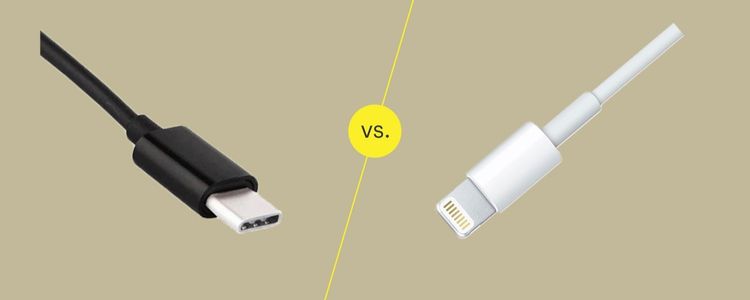Usb C Charger vs Usb Apple/iPhone | ZONSAN
Apple chargers and USB-C chargers are both types of chargers that can be used to charge electronic devices, but there are some key differences between the two.

Apple chargers are specifically designed to work with Apple devices such as iPhones, iPads, and MacBooks. They use a proprietary connector called a Lightning connector, which is different from the USB-C connector used by most other devices. Apple chargers also use a specific charging technology called "Apple Fast Charge" which can charge an iPhone 8 or later to 50% in 30 minutes.
USB-C chargers, on the other hand, use the USB-C connector which is becoming a standard in the industry. USB-C chargers can be used to charge a wide range of devices that have a USB-C connector, including smartphones, tablets, and laptops from different manufacturers. They can support a higher power delivery, up to 100 watts, which allows them to charge larger devices at a faster rate and also support different charging standards such as Power Delivery (PD) and Quick Charge.
In summary, Apple chargers are specifically designed to work with Apple devices and use a proprietary connector, while USB-C chargers are a more universal option that can be used to charge a wide range of devices that have a USB-C connector.
Usb C vs Usb Charging Speed iPhone
The charging speed between USB and USB-C can vary depending on a few factors, such as the power of the charger and the cable being used. However, when it comes to charging an iPhone, generally speaking, USB-C charging may be faster than traditional USB charging.
The iPhone models that have a lightning connector, supports USB power delivery (PD) which allow for faster charging, but the maximum charging speed is limited to 18W. With a USB-C to lightning cable, you can connect the iPhone to a USB-C power adapter that supports USB-PD to charge your device faster.
On the other hand, when using a traditional USB charger, the charging speed will be limited to 5 watts, which is the maximum power delivery supported by USB. This means that charging an iPhone with a USB charger may take longer than charging it with a USB-C charger that supports USB-PD.
It's worth noting that, since the release of the iPhone 8 and later models, Apple has included fast charging capabilities, meaning that these devices can charge up to 50% in 30 minutes when using an Apple 18W or higher power adapter and a USB-C to lightning cable.
In summary, when charging an iPhone, using a USB-C charger that supports USB-PD and a USB-C to lightning cable will result in faster charging speeds than using a traditional USB charger.
OEM PD QC Charger Recommendation

Read More

Read More

Read More

Read More